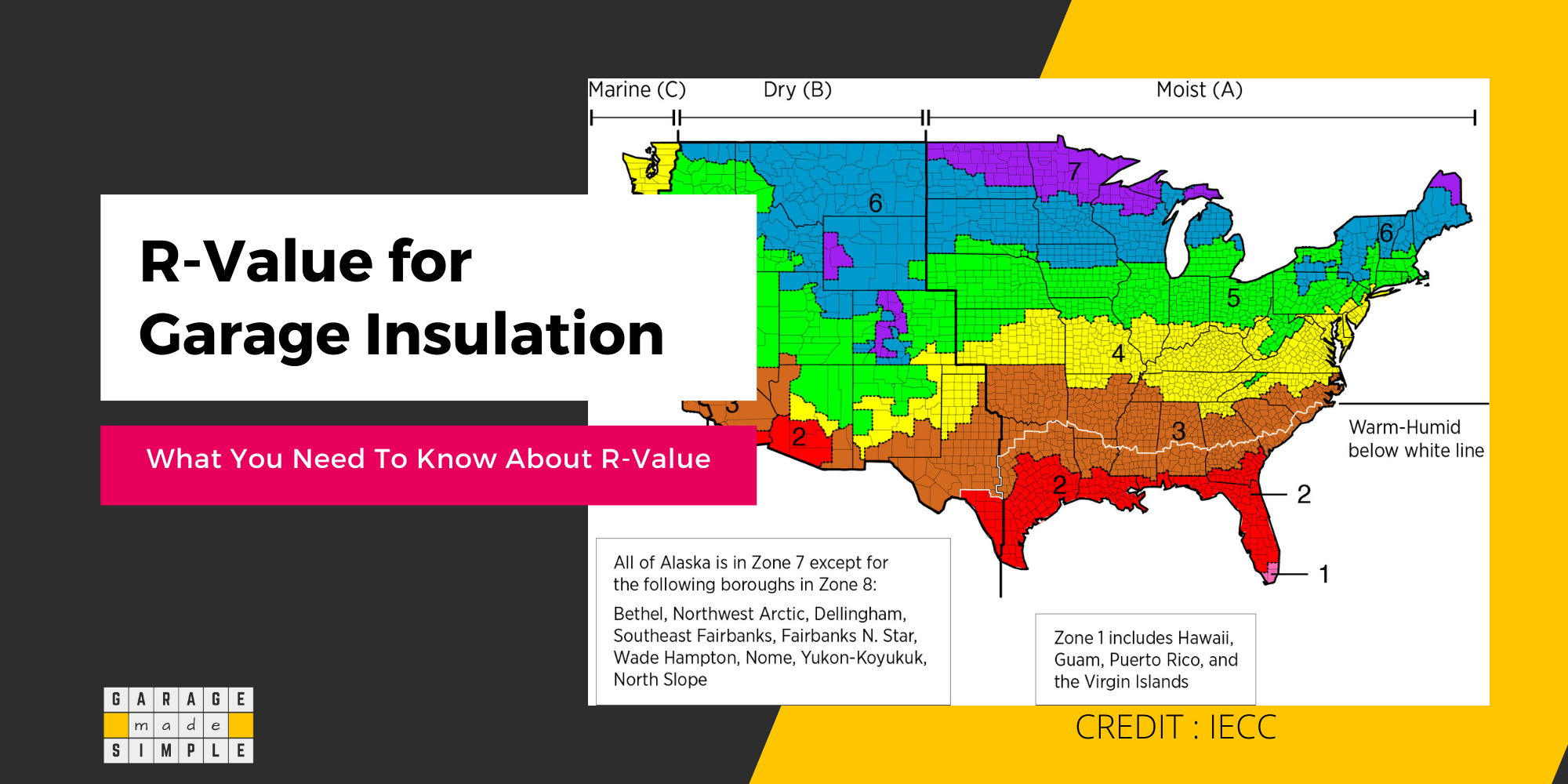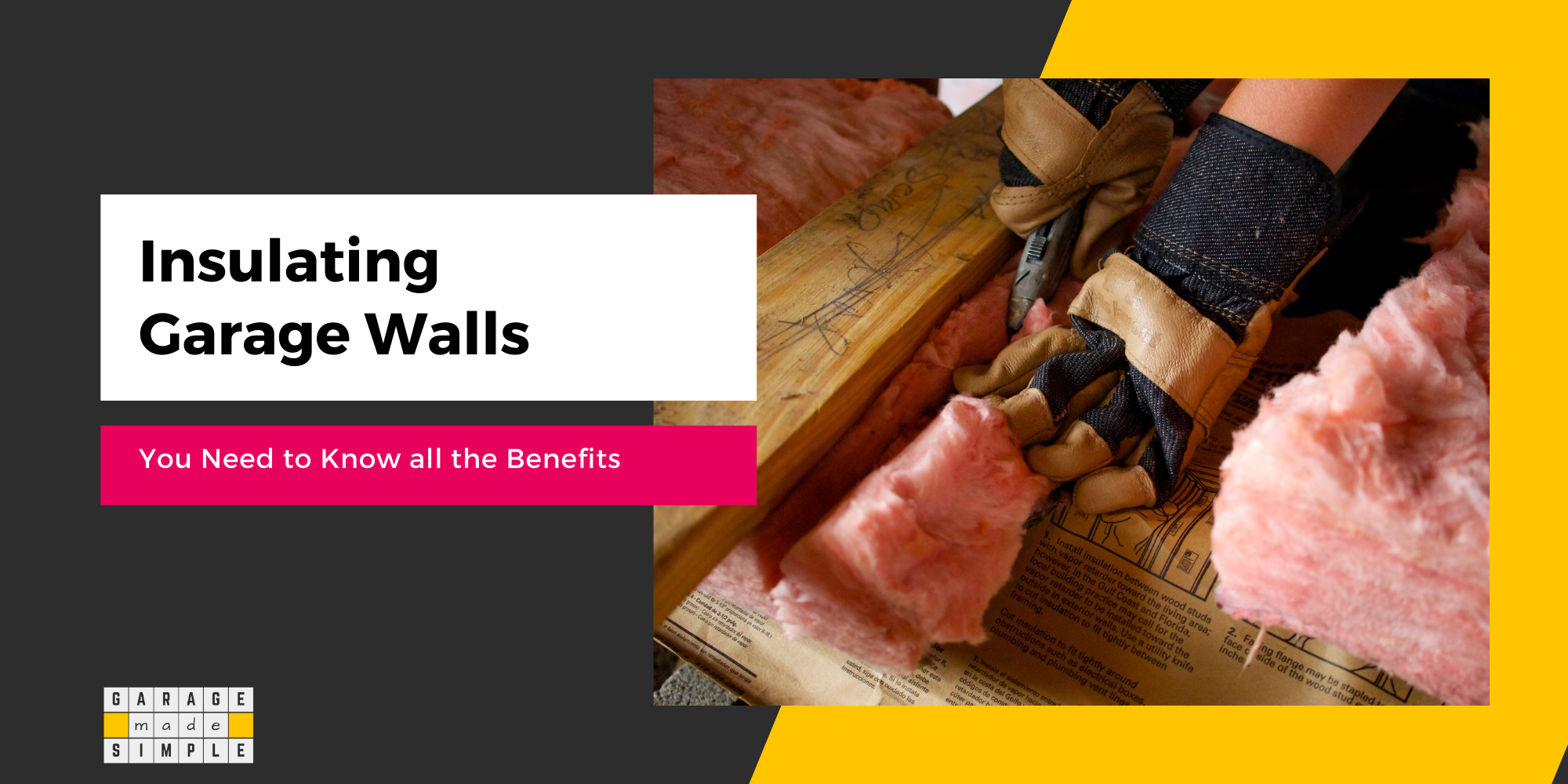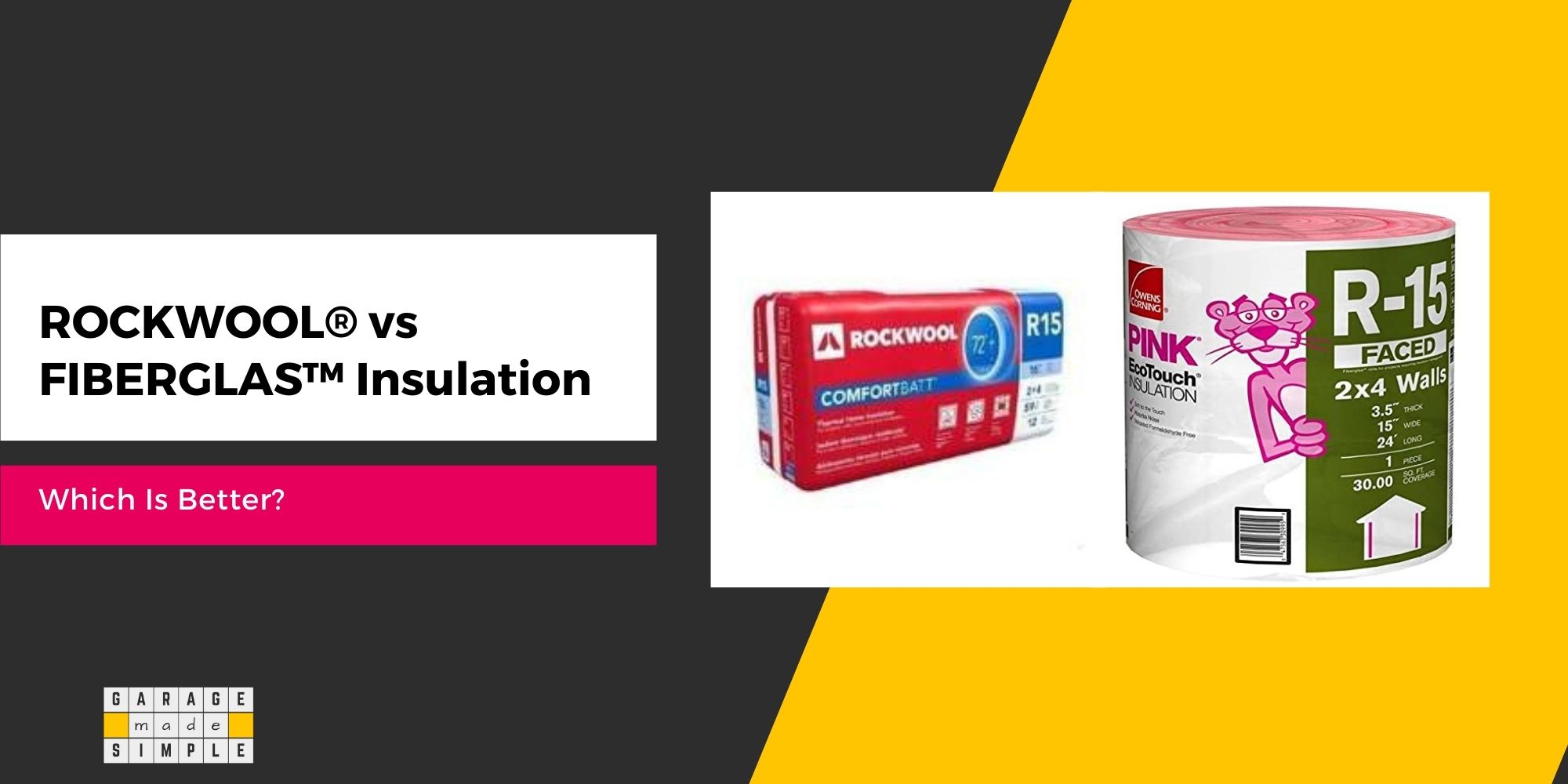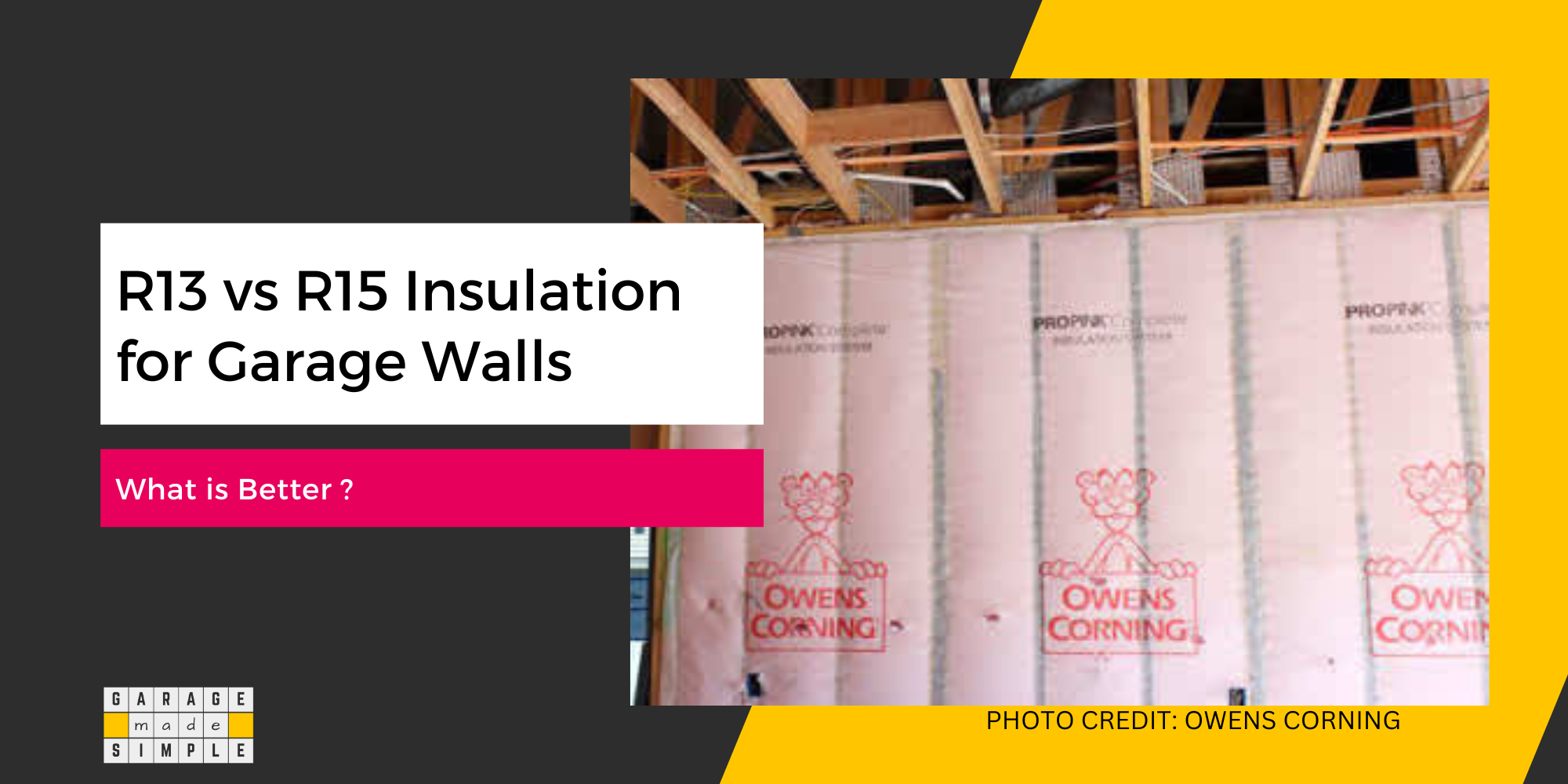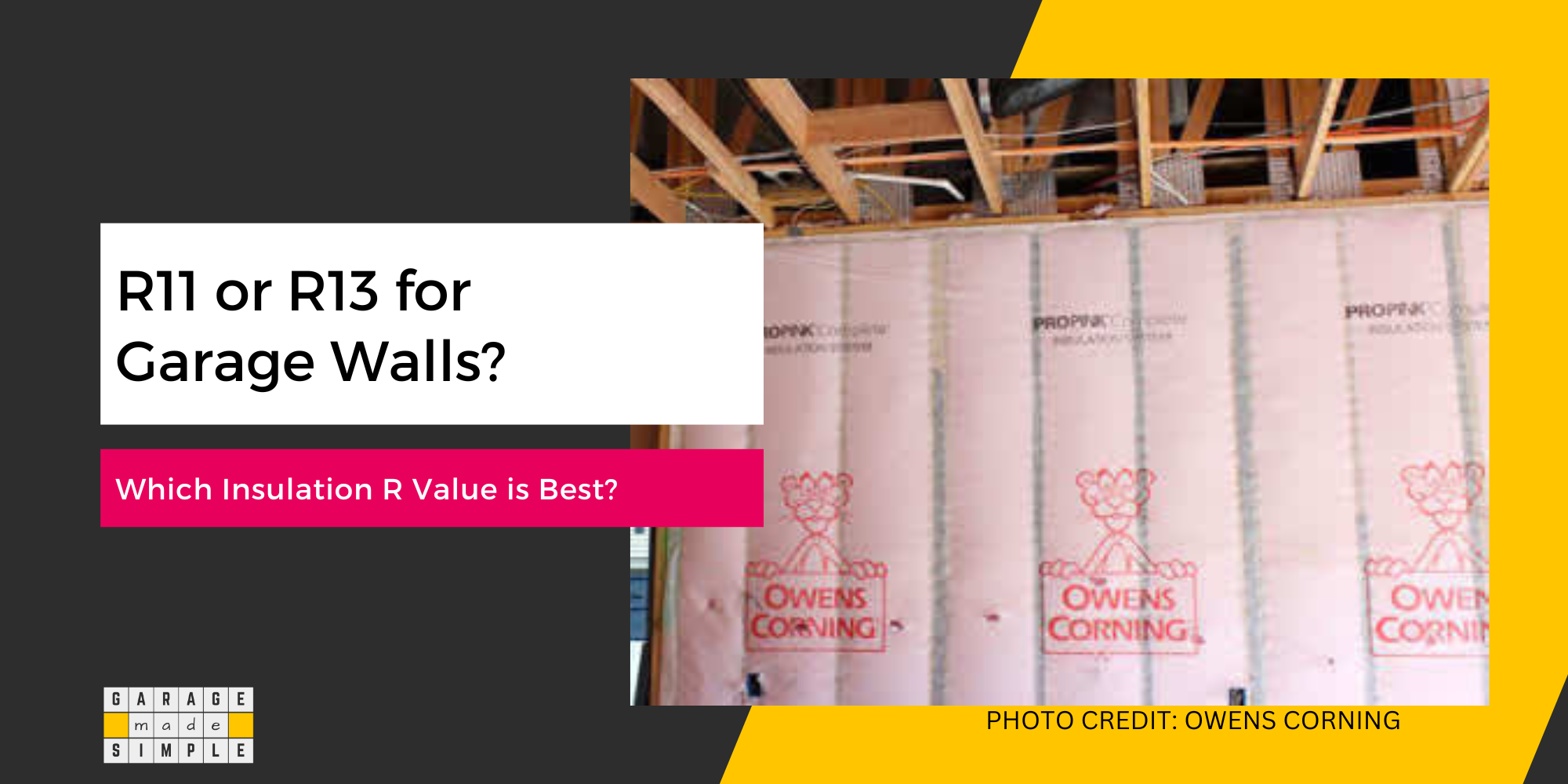Faced or Unfaced Insulation for Garage Walls? Advantages & Disadvantages
garagemadesimple.com is a participant in the Amazon Services LLC Associates Program, an affiliate advertising program designed to provide a means for sites to earn advertising fees by advertising and linking to Amazon.com . The website is also an affiliate of a few other brands.
Faced or Unfaced Insulation for Garage Walls?
You know that garage insulation is important, but you may not know whether to use faced or unfaced insulation for garage walls. At the outset one may think, does it really matter? So does it?
Faced insulation, with its inbuilt vapor retarder, is best suited for moisture-prone garages, such as those in cold & rainy or hot & humid climates.
Unfaced insulation is non-combustible, slightly cheaper and breathable, preventing mold growth. It is most suitable for interior walls of a garage in temperate climates.
The decision of whether to use faced or unfaced insulation for your garage walls will ultimately be dictated by the local building code. So be sure to check it out before going ahead.
As you can see the decision of whether to use faced or unfaced insulation for your garage walls is not as easy as it may seem initially.
This article will advise you on advantages and disadvantages of both the options, helping you make an informed choice for your garage insulation project.
KEY TAKEAWAYS
- Faced insulation is best suited for moisture-prone garages, while unfaced insulation is better for dry and temperate climates.
- Faced insulation has a built-in vapor retarder, while unfaced insulation does not.
- Faced insulation is easier to install, but unfaced insulation is more versatile and can fit into irregular spaces.
- When adding insulation to an existing layer, you must always use unfaced insulation.
- The decision of whether to use faced or unfaced insulation should be based on the local building code and the climatic conditions.
What’s the Difference Between Faced and Unfaced Insulation?
Faced Insulation
Faced insulation has a facing material, typically made from kraft paper, foil kraft paper, or vinyl, attached to one side, that acts as a vapor barrier or vapor retarder.
The facing material also helps protect the surface, hold the insulation together, fasten the material to building components and add to the aesthetic appeal of the insulation.
Faced insulation is commonly used in exterior walls, exterior basement walls, and attic ceilings. As you would expect, it is costlier.
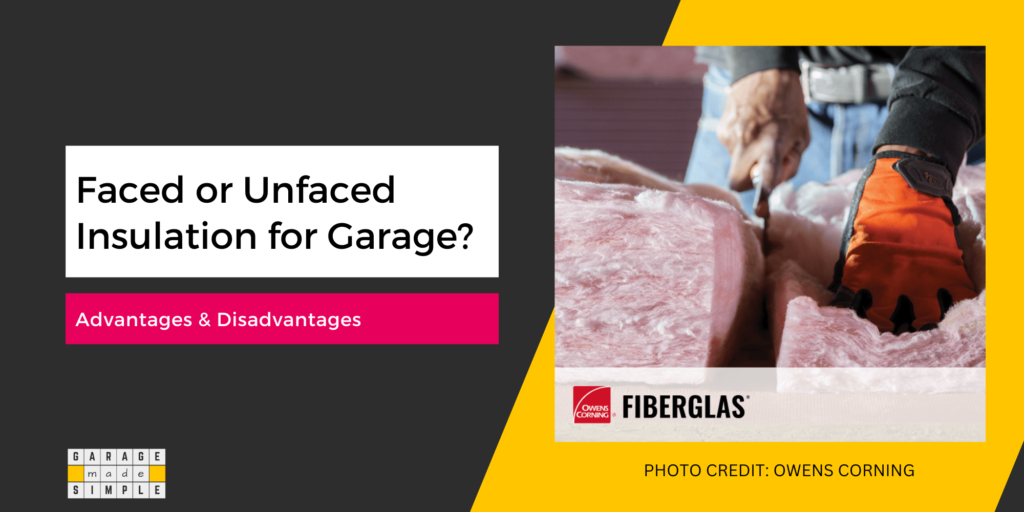
Unfaced Insulation
Unfaced insulation, on the other hand, has no facing material and as such does not have any inbuilt vapor retarder properties.
It is best used for interior wall applications that do not face the outside and don’t need moisture control. Common applications are living rooms, dining rooms, studies, etc.
Unfaced insulation is also non-combustible and is cheaper than faced insulation for a given R Value.
You can check out prices and product information for faced and unfaced insulation with R13 value by clicking on images below:
Faced Insulation: Advantages & Disadvantages
Advantages of Faced Insulation:
- Built-in Moisture Protection: The facing of faced insulation is in fact a vapor retarder (vapor barrier) that restricts the movement of moisture from high moisture side to the low moisture side.
- Ease of Installation: Stapling or fastening faced insulation directly onto studs simplifies installation and is quite easy, even for DIY beginners.
- Covers the Insulation: It is possible to use faced insulation in certain settings, such as a garage, where even a very basic level of aesthetics is acceptable.
- Fire-Resistant Options: Some faced insulation types enhance garage safety with fire-resistant properties.
Disadvantages of Faced Insulation:
- Moisture Entrapment: As mentioned the facing in the faced insulation restricts the movement of moisture from high moisture side to the low moisture side. If not correctly installed this can lead to moisture entrapment that may promote mold growth.
- Flexibility Constraints: The facing material can limit flexibility when fitting insulation into tight or irregular spaces.
Unfaced Insulation: Advantages & Disadvantages
Advantages of Unfaced Insulation:
- Breathability: Unfaced insulation’s breathability prevents moisture buildup. This is particularly beneficial for humid climates that are prone to mold growth and pest infestation.
- Versatile Fit: Without facing material, unfaced insulation easily fits irregular spaces and obstacles. This is helpful if you have to insulate nooks & crannies or other odd spaces.
- Non-combustible: The absence of facing material makes unfaced insulation non-combustible and more fire-resistant.
Disadvantages of Unfaced Insulation:
- Separate Vapor Barrier Needed: Opting for unfaced insulation may require an additional vapor barrier installation to prevent moisture movement.
- Trickier Installation: Working with unfaced insulation can be more challenging due to the absence of facing material for easy attachment to studs.
When to Use Faced vs Unfaced Insulation for Garage Walls?
It is better to use faced insulation for garage walls in following situations:
On New Garages
- Ideal for first-time applications as it is easy to install in the garage wall cavities between the studs.
- Install it with the facing on the outside in warm climates and facing inside in cold climates.
In Cold & Rainy Climates
- Ideal for harsh winters with plenty of rain and snow. Faced insulation combats moisture from snow, ice, and rain, preventing mold.
- Maintains warmth, safeguards walls. You can easily convert part of the garage to a home office or a gym.
In Hot & Humid Climates
- Faced insulation fights mold and mildew in hot, humid regions by preventing the garage walls from becoming damp due to high humidity.
For Local Code Compliance
- Please check the local building code. It may be necessary to use faced insulation to comply with vapor barrier requirements dictated by the local building code.
- In case you still use unfaced insulation you may be required to add on a vapor barrier film.
You can use unfaced insulation for garage walls in following situations:
Interior Walls
- Unfaced insulation is sufficient for interior walls of a garage as the temperature and moisture conditions are fairly.
Stacking Insulation
- When adding insulation to an existing layer of insulation, you must always use unfaced insulation.
- In case the existing insulation is faced then make sure that the faced side does not get covered by the new insulation. It will trap moisture and promote mold growth.
Fire Hazard Area
- Unfaced insulation is prudent for settings with flammable risks like garage workshops with welding projects.
Remember, adherence to local building codes and considering insulation compatibility is essential for a successful garage project.
Bottom Line
The decision of whether to use faced or unfaced insulation for your garage walls is a complex one. You have to consider climate, local building code, and other specific conditions.
Thank you very much for reading the post. I do hope you found it informative and useful.



